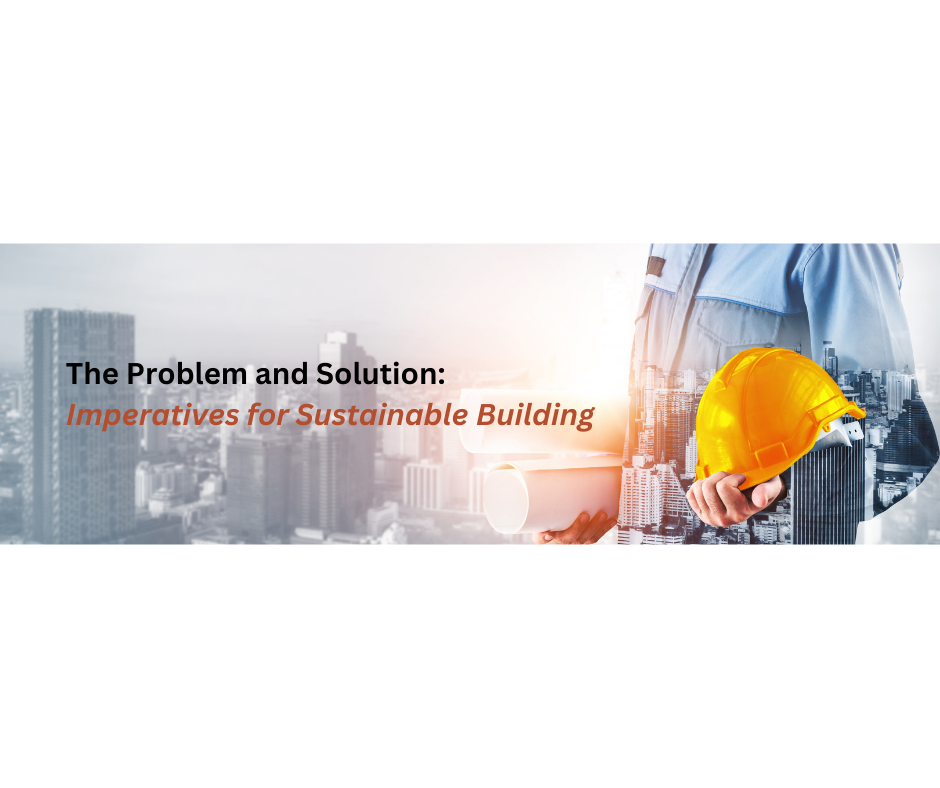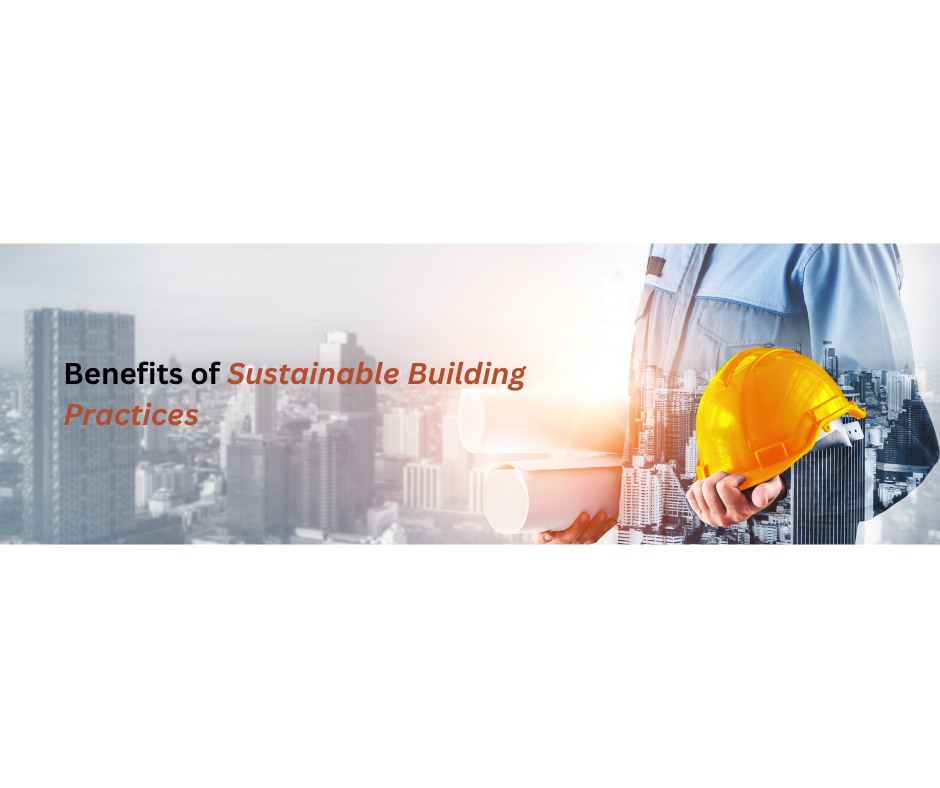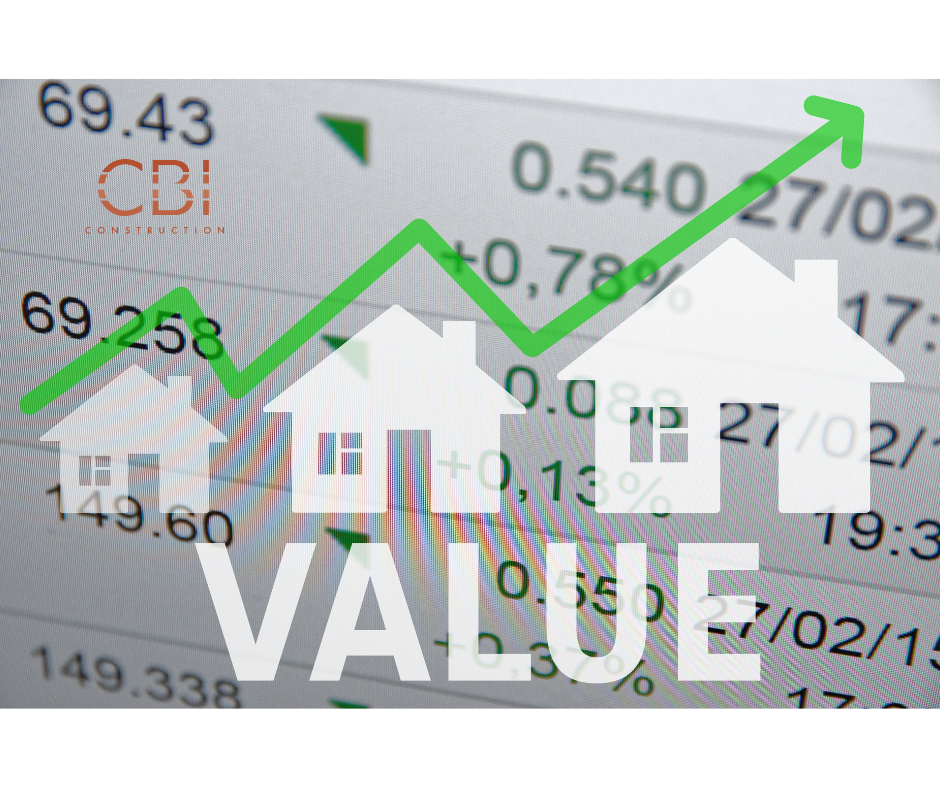Embracing Sustainable Building Practices: The Future of Construction
Sustainable building techniques have evolved from being a specialised consideration to a vital component of contemporary design in recent years. The building sector is under tremendous pressure to implement strategies that lessen their negative effects on the environment, encourage energy efficiency, and guarantee long-term sustainability as the world's population grows more conscious of the environmental issues we confront.
“The key principles of sustainable building”
Due to waste creation and greenhouse gas emissions, the construction sector is one of the biggest users of energy and raw materials and has a major negative impact on the environment. Sustainable building techniques emphasise resource efficiency, reduce waste, and improve the overall sustainability of the built environment in an effort to lessen these effects. Here are the key principles of sustainable building:
Energy Efficiency
Cutting down on energy use is one of the most important components of sustainable building. This can be accomplished by using renewable energy sources like solar and wind turbines, along with energy-efficient components like high-performance insulation and windows.
Water Conservation
Systems to cut down on water use and encourage conservation are frequently included in sustainable buildings. This covers using low-flow fixtures, reusing greywater, and collecting rainfall.
Material Selection
It is important to select sustainable materials. This entails choosing materials with minimal environmental impact, those that are recycled, or that are sourced locally. Reclaimed wood and bamboo, for instance, are common materials for environmentally friendly buildings.
Waste Reduction
It's critical to use efficient waste management techniques. This involves designing buildings for simple disassembly and material reuse at the end of their lives, recycling construction debris, and utilising prefabricated components to reduce on-site waste.
Indoor Environmental Quality
In sustainable buildings, the health and welfare of the tenants come first. This is accomplished by utilising natural lighting, adequate ventilation, and non-toxic materials—all of which promote a healthy interior environment.
“Sustainable building techniques”
Cost Savings
Long-term savings on energy, water, and maintenance expenses are substantial, even though the initial investment in sustainable technologies and materials may be higher
Enhanced Marketability
Structures with sustainable certifications (like LEED or BREEAM) are more appealing to consumers and businesses who are becoming more environmentally concerned. As a result, these structures frequently command higher property values and rental rates.
Regulatory Compliance
Stricter building norms and regulations with an emphasis on sustainability are being implemented in several locations. Using sustainablemethods can give you a competitive edge and guarantee compliance.
Improved Occupant Health and Productivity
Sustainable building designs generally result in better living and working conditions, which can boost occupant satisfaction, health, and productivity.
The importance and benefits of sustainable building practices.
Justin Cook, Director of CBI Construction, shares the importance and benefits of sustainable building practices. He explains:
“Sustainable building practices involve two key aspects. One, the materials used in construction, such as FSC-certified timber and eco-friendly concrete like Boral's Envisia. And two, the quality of the build, focusing on thermal and energy efficiency. By addressing both areas, we ensure environmentally responsible and efficient building projects.
These areas are crucial to the impact a building has on its environment and the world. Sustainable homes are both thermally efficient, requiring less energy to heat and cool, and energy-efficient, needing little to no input from primary grid power. This not only makes them an environmentally wise choice but also a financially savvy one, as we can guarantee today's construction costs, but not future energy bills.
Additionally, it is important to note that sustainable homes promote better health for their occupants. Studies have shown a significant decrease in moisture and airborne contaminants in sustainably built homes worldwide, leading to fewer respiratory and health issues for those living in them.”
Also, he mentioned that CBI Construction is an expert in this field. The company's primary goal is to assist homeowners in creating eco-friendly, up-to-current, and long-lasting homes that suit their needs for space and lifestyle while also being up-to-date with the newest trends. He asserted that:
“CBI Construction is a strong advocate of eco-friendly construction and sustainable building practices. We exclusively build structures that exceed the 7-star BASIX requirements set by the NSW government. Our team is also Passive House certified, representing the pinnacle of sustainable building practices.
We offer our clients comprehensive renovation and Eco Home upgrades, focusing on five key areas:
-Upgrading thermal insulation to Passive House standards
-Enhancing the airtightness of the structure by sealing gaps around windows
-Conducting an energy usage assessment of the existing property and providing a report on reducing energy consumption
-Upgrading windows to meet new global performance standards, where feasible
-Providing advice on solar power and battery backup systems to potentially take a property off the power grid
-Give expert advice to everyone on why we need to consider sustainable building practices.
For me, sustainable building practices are the future of the building industry. Adopting sustainable building practices not only helps reduce the impact on the environment, but it also has financial benefits in terms of reducing utility bills and maintenance costs over time. Additionally, sustainable homes promote better health for their occupants as they are built with non-toxic materials and have improved ventilation systems to maintain air quality.
Furthermore, by implementing sustainable building practices, we can contribute towards mitigating climate change by reducing carbon emissions from buildings. Buildings account for 39% of global carbon emissions, and adopting sustainable practices can significantly reduce this number.”
Furthermore, he said that both newly constructed and existing structures can benefit from sustainable building principles. It is advantageous for the owners' way of life and health and, at the same time for environment as well. He said:
“Another important aspect of sustainable building practices is the use of renewable energy sources. By incorporating solar panels or wind turbines into the design of a building, we can reduce our reliance on non-renewable energy sources and decrease our carbon footprint even further.
It's also worth mentioning that sustainable building practices not only apply to new construction but can also be applied to existing buildings through renovations and upgrades. This means that even older buildings can be made more environmentally friendly and cost-effective through an eco home upgrade.
Moreover, sustainable building practices also prioritise resource efficiency by using materials that are recycled or sustainably sourced. This helps conserve natural resources and reduce waste generation.”
Moving Forward
The adoption of sustainable building principles is not merely a fad; it is essential to the direction that construction will take. Leaders in the industry need to keep pushing for and funding sustainable practices while utilising innovation and technology to solve problems and advance the cause. By doing this, we can design structures that will not only satisfy current requirements but also guarantee future generations a healthier, more sustainable future.
In conclusion, tackling environmental issues is mostly the responsibility of the building sector. It is imperative that we adopt sustainable building principles in order to lessen our impact on the environment, encourage resource efficiency, and improve everyone's quality of life. A resilient and thriving built environment will be created on a foundation of shared commitment to sustainability going forward.













